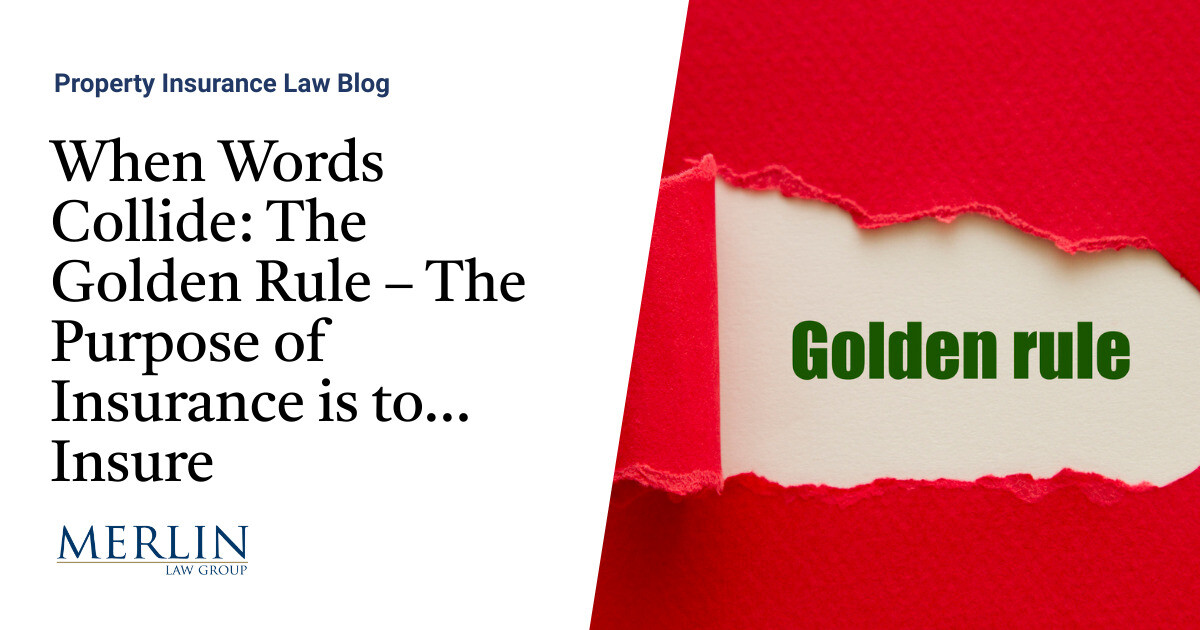Some Ideas on Pacific Prime You Need To Know
Some Ideas on Pacific Prime You Need To Know
Blog Article
3 Simple Techniques For Pacific Prime
Table of ContentsSome Known Questions About Pacific Prime.Pacific Prime Things To Know Before You BuyPacific Prime Fundamentals ExplainedThe Single Strategy To Use For Pacific PrimeGetting The Pacific Prime To Work

This is because the information were collected for a period of solid economic performance. Of the estimated 42 million individuals that were without insurance, just about about 420,000 (regarding 1 percent) were under 65 years old, the age at which most Americans end up being qualified for Medicare; 32 million were adults between ages 18 and 65, around 19 percent of all adults in this age; and 10 million were youngsters under 18 years of age, regarding 13.9 percent of all youngsters (Mills, 2000).
These estimates of the number of individuals without insurance are created from the annual March Supplement to the Present Populace Study (CPS), conducted by the Census Bureau. Unless or else kept in mind, national estimates of people without health insurance coverage and proportions of the population with various kinds of protection are based upon the CPS, one of the most widely used source of quotes of insurance policy protection and uninsurance rates.
Some Known Questions About Pacific Prime.

Still, the CPS is specifically useful because it generates yearly quotes relatively rapidly, reporting the previous year's insurance policy protection approximates each September, and due to the fact that it is the basis for a constant set of estimates for even more than two decades, permitting analysis of trends in coverage in time. For these reasons, along with the considerable use the CPS in various other researches of insurance policy coverage that are presented in this report, we count on CPS price quotes, with constraints noted.

The quote of the number of without insurance people increases when a population's insurance standing is tracked for a number of years. Over a three-year duration beginning early in 1993, 72 million individuals, 29 percent of the united state population, were without insurance coverage for at the very least one month. Within a solitary year (1994 ), 53 million people experienced at the very least a month without coverage (Bennefield, 1998a)
Six out of every 10 without insurance adults are themselves employed. Working does improve the chance that one and one's family members will certainly have insurance, it is not a guarantee. Even members of family members with 2 full time breadwinner have almost a one-in-ten opportunity of being uninsured (9.1 percent without insurance price) (Hoffman and Pohl, 2000).
5 Simple Techniques For Pacific Prime
New immigrants account for a substantial proportion of individuals without wellness insurance policy. One evaluation has connected a substantial section of the current development in the size of the U.S. without insurance population to immigrants that arrived in the nation between 1994 and 1998 (Camarota my link and Edwards, 2000). Current immigrants (those that concerned the USA within the previous 4 years) do have a high rate of being uninsured (46 percent), however they and their children represent simply 6 percent of those without insurance across the country (Holahan et al., 2001).
The connection in between medical insurance and access to care is well established, as recorded later on in this phase. Although the relationship between health and wellness insurance policy and health outcomes is neither direct nor straightforward, a substantial professional and wellness solutions study literature links health insurance coverage to improved access to care, much better high quality, and enhanced personal and population health and wellness condition.
Levels of analysis for examining the effects of uninsurance. This discussion of medical insurance protection focuses primarily on the united state population under age 65 due to the fact that virtually all Americans 65 and older have Medicare or various other public protection. It concentrates particularly on those without any wellness insurance for any kind of length of time.
The Ultimate Guide To Pacific Prime
The problems encountered by the underinsured are in some respects similar to those encountered by the uninsured, although they are generally less severe. expat insurance. Uninsurance and underinsurance, nevertheless, include clearly various plan concerns, and the methods for resolving them might differ. Throughout this research study and the five reports to follow, the primary focus is on persons with no medical insurance and hence no help in spending for wellness care beyond what is offered with charity and safety net organizations
Medical insurance is a powerful factor influencing invoice of treatment since both individuals and doctors respond to the out-of-pocket rate of services - https://www.evernote.com/shard/s546/sh/8f1cd5bd-5293-5c41-de17-4bdd133c2512/Ys4FLzdj5gxe0L6dvStII_pnIFGb0LUfGOCEfmyJ1KpgM_HY42MlBLvtpg. Medical insurance, however, is neither necessary nor adequate to get accessibility to medical services. Nonetheless, the independent and direct impact of medical insurance coverage on access to health services is well developed.
Others will certainly acquire the healthcare they require even without health insurance, by paying for it out of pocket or seeking it from providers that supply treatment free or at extremely subsidized rates. For still others, medical insurance alone does not make certain receipt of treatment due to other nonfinancial obstacles, such as an absence of healthcare carriers in their neighborhood, limited access to transport, illiteracy, or linguistic and social distinctions.
Not known Incorrect Statements About Pacific Prime
Formal study about uninsured populations in the United States dates to the late 1920s and early 1930s when the Board on the Price of Medical Care created a collection of records regarding financing doctor workplace check outs and hospital stays. This issue ended up being prominent as the varieties of clinically indigent climbed throughout the Great Clinical depression.
Report this page